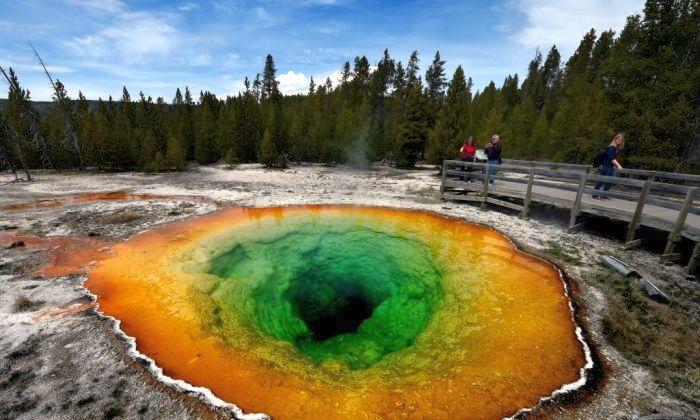A staggering number of small earthquakes that rocked Yellowstone National Park between 2017 and 2018 had brought fears of an impending supervolcano, but a recent study tells a different story.
A study by the Geophysical Research Letters at the University of Utah suggests that the swarms of earthquakes might actually be the aftershocks of the Hebgen Lake earthquake that struck Yellowstone 60 years ago on Aug. 17, 1959.





